STAT6000: Survey Design for Public Health - Community Health Service
VerifiedAdded on 2022/08/21
|6
|660
|16
Homework Assignment
AI Summary
This assignment presents a survey designed to explore the demographic characteristics of individuals within the catchment area of a local community health service. The methodology section discusses the identification and contact of two distinct groups: those who utilize the service and those who do not. It explores potential sources of population data, such as community residence databases, and analyzes the advantages and disadvantages of using such sources. The assignment outlines a random sampling method to prevent bias and the process for recruiting participants. The questionnaire includes questions about demographics, health status, awareness and usage of the health service, accessibility, affordability, and satisfaction levels. The collected data is intended for representation in a spreadsheet format to simplify visualization, analysis, and interpretation.
1 out of 6
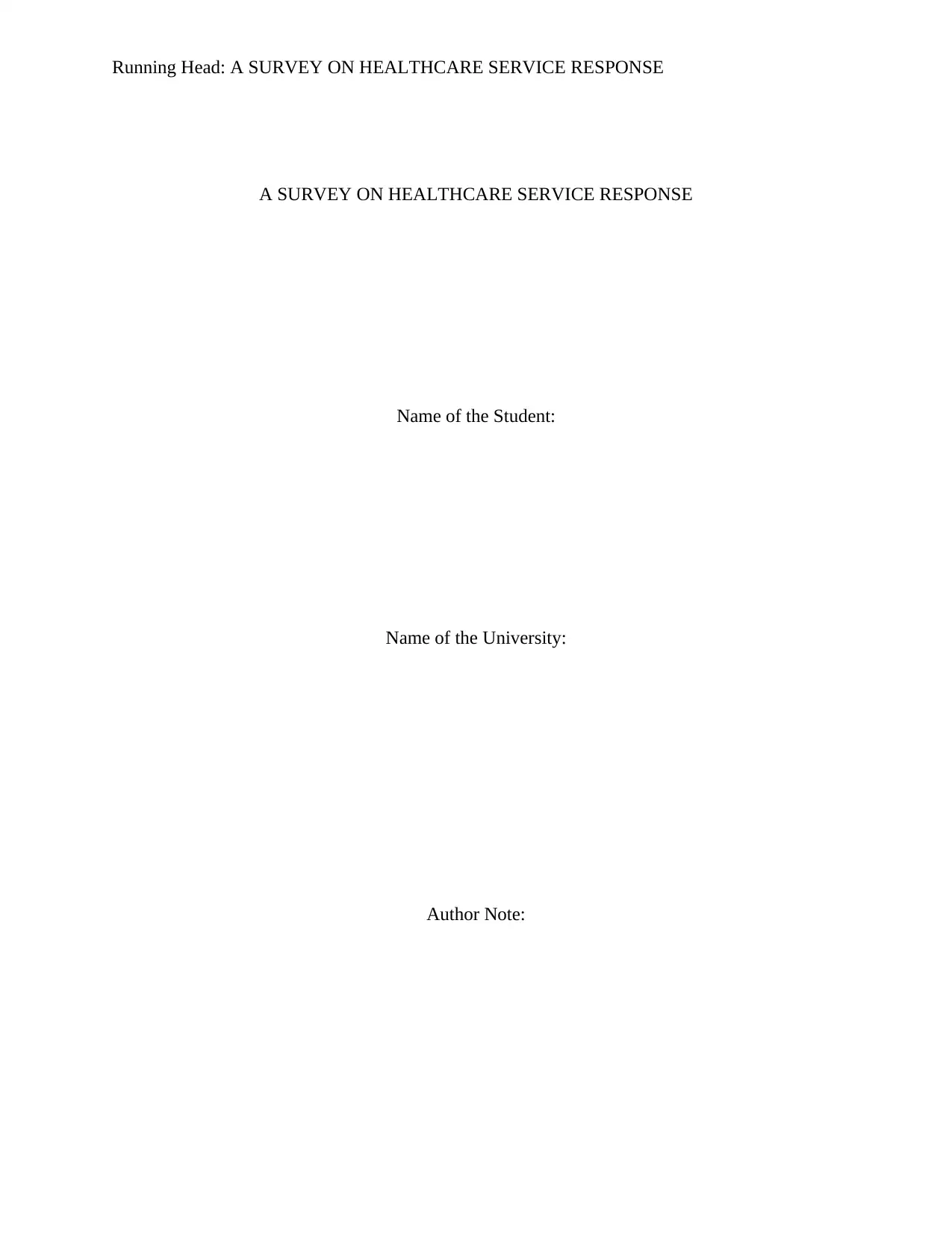
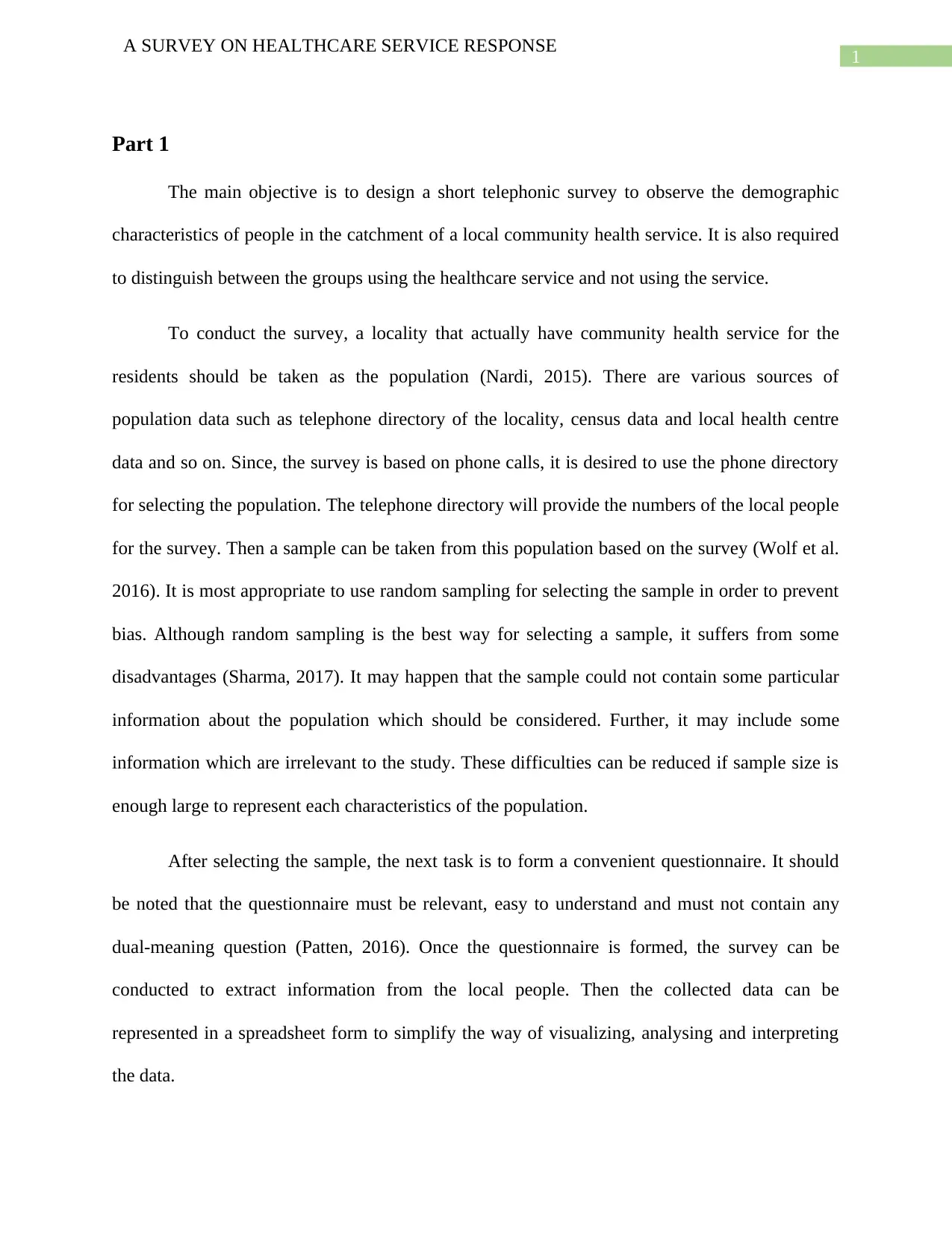
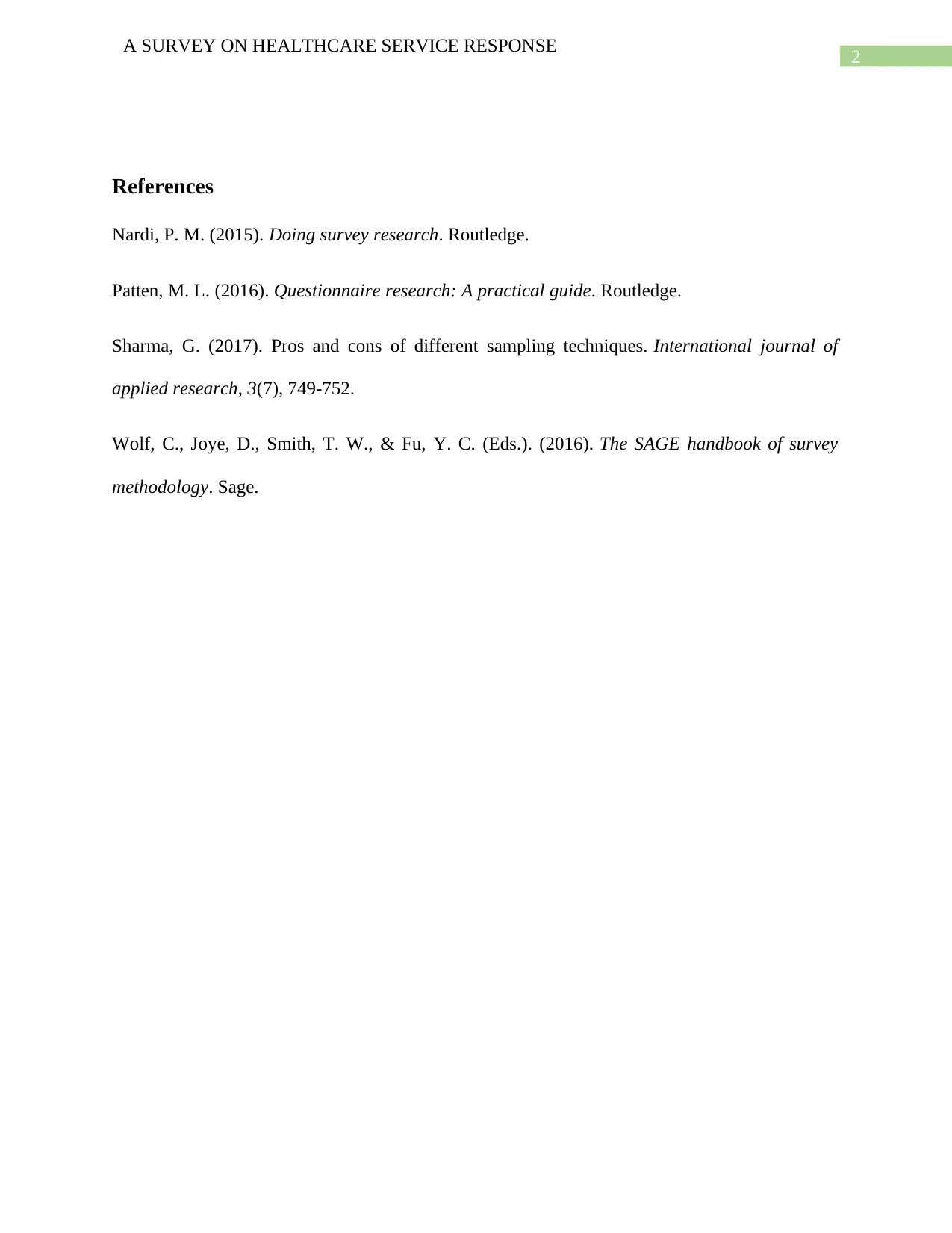

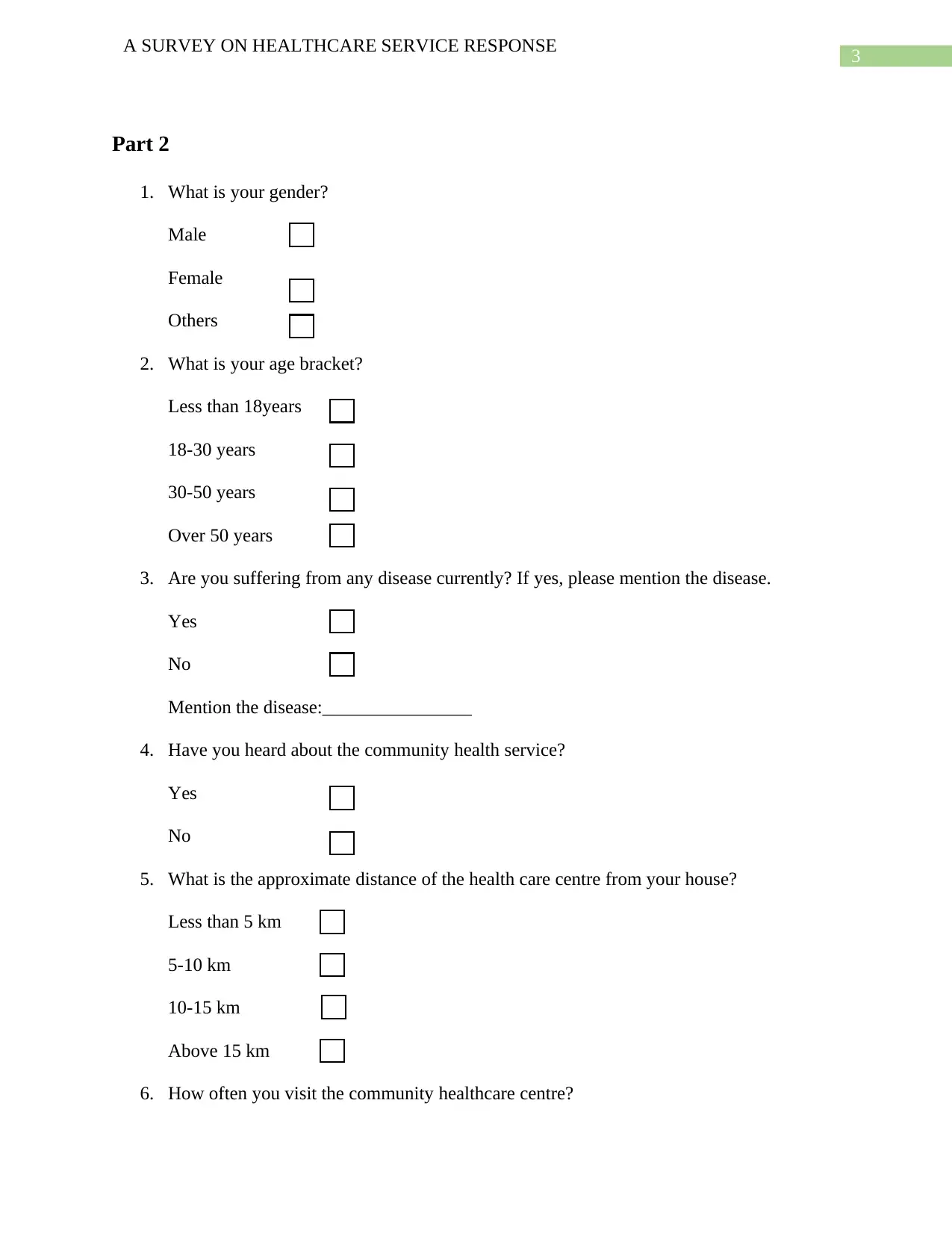
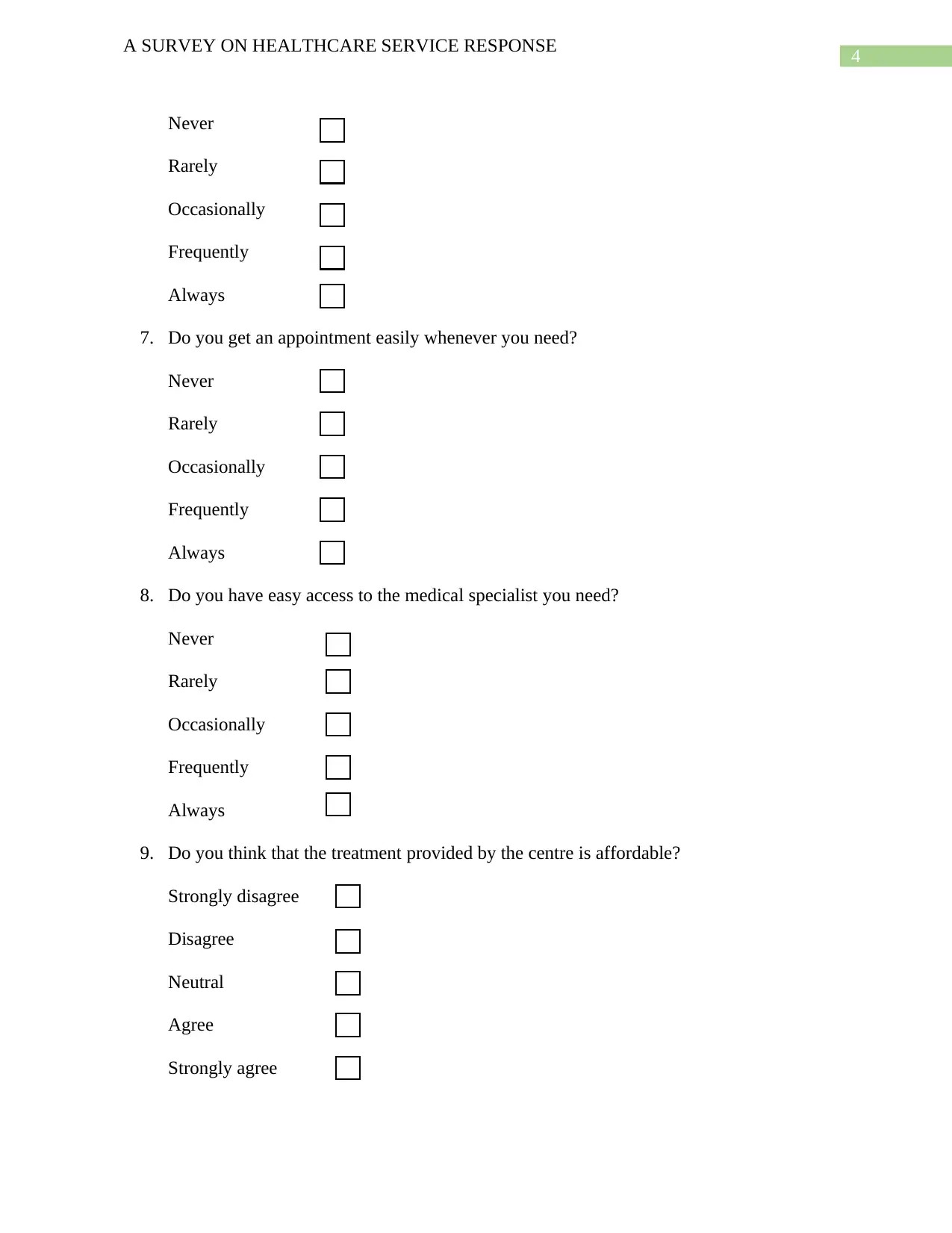
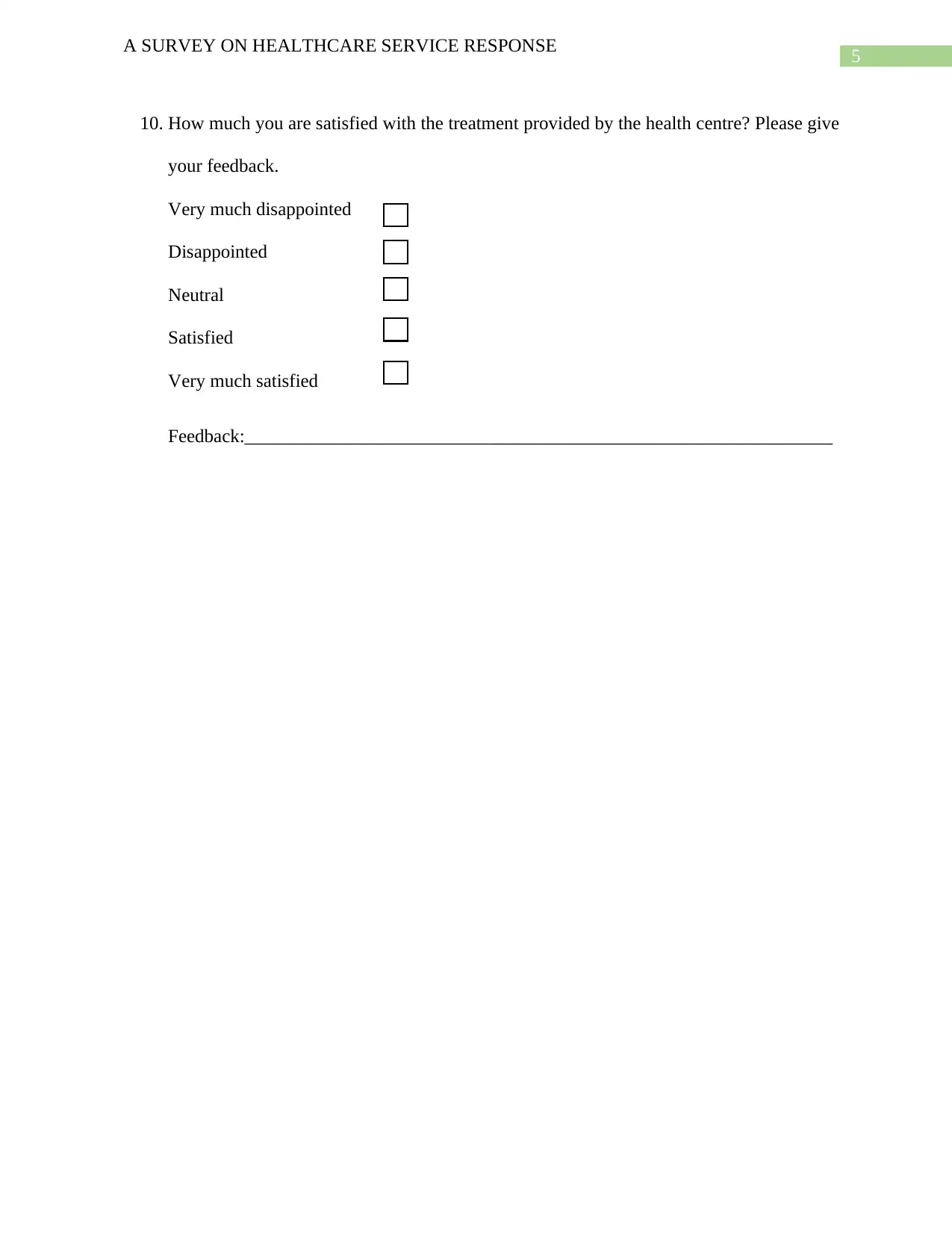




![[object Object]](/_next/static/media/star-bottom.7253800d.svg)